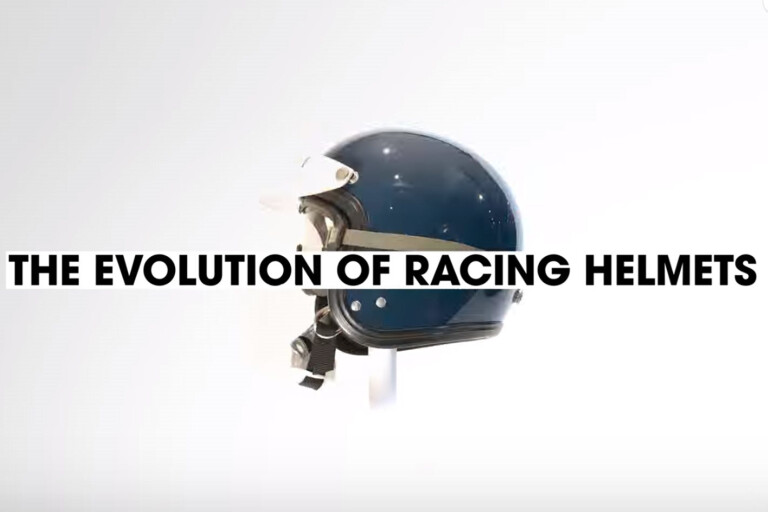
See exactly how helmets have changed over the past 100 years, with this brilliant clip from Donut Media.
Comedian Jerry Seinfeld once joked how you should never attempt any activity that requires a helmet. Of course, being a car buff he’d probably exclude motor racing, though when you look at the sparse protection offered by racing headwear during the early years of the sport anyone would be forgiven for thinking twice before participating.
If you watch modern motorsport, it’s easy to forget how the technology behind the helmets on the driver’s heads has advanced as much as the cars they drive.
This development is wonderfully shown in a new video by Donut Media which is part of its The Evolution Series which spans the early days of the soft shell helmets through to today’s high-tech carbon fibre designs in just over two minutes.
Incredibly, the first helmets simply protected drivers from dirt and it wasn’t until 1949 that hard shell helmets were introduced to protect the head from impacts.
These resembled jockeys’ headgear until 1957 when Bell Helmets introduced the first mass-produced helmet in the now familiar ball shape with attached visor. A few years later drivers starting wearing goggles and in 1968 Nomex was added to the inner lining for fire protection.
Full-face helmets were being developed during this time and would become commonplace on racetracks by 1970. Within a couple of years visors and “dirt-skirts” attached to the bottom of the helmets were introduced for further protection from fire.
By the late 80s, helmets had headsets installed in them for drivers to communicate with their garages, and in 1990 a plastic tube called a “pop off valve” was attached to allow turbo drivers to hear their engines popping to avoid turbo lag. The ’90s also saw helmets become billboards for sponsor logos and their shapes change to be more aerodynamic in open wheelers.
The new century saw helmets produced from new lightweight materials and the introduction of visor tear offs for better vision. Helmets are now made from Kevlar and carbonfibre and weigh about 1250 grams. They have increased head and neck support and contain air-ducting and drink tubes to increase comfort and reduce fatigue.

COMMENTS